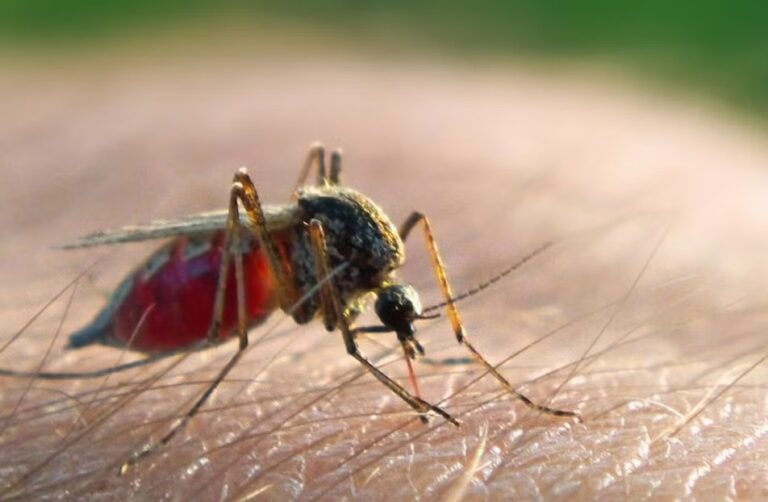Based on the available public information, including official announcements from the Indian Council of Medical Research (ICMR), one could criticize the move to commercialize a vaccine with an “Expression of Interest” (EoI) when there is a notable absence of published, peer-reviewed clinical data. The main point of contention is that while the ICMR’s press releases and the EoI document itself highlight promising preclinical results and the vaccine’s unique dual-stage mechanism, they do not provide the in-depth, independently verifiable data that is typically required to assess a vaccine candidate’s true potential.
The Indian Council of Medical Research (ICMR) is developing an indigenous, multi-stage malaria vaccine candidate named AdFalciVax. This vaccine is a collaborative effort involving ICMR’s Regional Medical Research Centre in Bhubaneswar, the National Institute of Malaria Research, and the Department of Biotechnology’s National Institute of Immunology.
Unlike existing malaria vaccines that target a single stage of the parasite’s life cycle, AdFalciVax is designed to be a “recombinant chimeric” vaccine. This means it combines antigenic components from two critical stages of the parasite Plasmodium falciparum (the deadliest species causing malaria)—the pre-erythrocytic (liver) stage and the transmission (sexual) stage. This dual approach aims to provide broader protection by not only preventing infection in humans but also minimizing community transmission to mosquitoes.
According to recent news, the vaccine has shown promising results in its preclinical development stage. Its advantages over other existing malaria vaccines, such as RTS,S/AS01 and R21/Matrix-M, include a lower risk of immune evasion, potential for better long-term immunity, and extended thermal stability, which would eliminate the need for a cold chain during transport.
In a recent move, the ICMR has invited an Expression of Interest (EoI) from eligible companies and manufacturers to undertake the “Transfer of Technology” for the commercialization of AdFalciVax. This is a crucial step towards finding a commercial partner to further develop, manufacture, and bring the vaccine to market. However, the ICMR has emphasized that the vaccine is still in its early research and development phase and is not yet available for clinical use. According to the projected timeline, the vaccine is likely to take at least six to seven years to be ready for full-scale commercialization.
The key points from this official ICMR document and related announcements are:
• Vaccine Description: The document identifies the vaccine as a “recombinant chimeric multi-stage malaria vaccine (AdFalciVax) against Plasmodium falciparum.”
• Collaborating Institutions: It confirms the development was led by the ICMR’s Regional Medical Research Centre in Bhubaneswar, in collaboration with the ICMR-National Institute of Malaria Research and the Department of Biotechnology’s National Institute of Immunology.
• Preclinical Results: The EoI states that the preclinical validation of the technology was successfully conducted and that the vaccine demonstrated efficacy in studies. It highlights advantages such as broader protection, reduced risk of immune evasion, and thermal stability.
• Production Method: It specifies that the vaccine is produced using Lactococcus lactis, a food-grade bacterium, which is a key part of the research and development process.
• Objective: The primary objective of the EoI is to license this “technology” to eligible manufacturers for commercialization, indicating the research has reached a stage where it is ready to be scaled up and moved towards clinical trials.
A critical view would point out that the announcement, while generating positive headlines, may be premature. The EoI outlines a timeline that suggests it will take at least six to seven more years for the vaccine to be ready for the market. This long-term projection indicates that the research is still in its very early stages, and the most critical phases—human clinical trials (Phase I, II, and III)—have not yet been conducted. Without this crucial human trial data, there is no solid public evidence to support the claims of safety and efficacy in humans.
Furthermore, the lack of a published research paper in a major scientific journal leaves the scientific community and the public without the detailed methodology, raw data, and statistical analysis that would allow for independent scrutiny. This opacity makes it difficult to compare the vaccine’s performance against existing alternatives like the RTS,S and R21 vaccines, which have undergone extensive, internationally-monitored clinical trials and have been peer-reviewed and published. While the ICMR’s move is a step towards self-reliance in vaccine development, the process appears to prioritize public announcements and technology transfer over the rigorous, transparent scientific validation that builds trust in new medical technologies.
